Cost of Living in Melbourne – Comprehensive Guide 2025
Yeah, the cost of living in Melbourne might seem a bit steep at first, but trust us – this city’s worth every dollar!
The city of Melbourne functions as Australia’s second most energetic urban area by providing financial plan-flexible lifestyles across multiple residence possibilities.
Melbourne offers an intriguing analytical discourse about everyday expenses that lets Australians choose between cultural activities and economic opportunities in their cultural hub. Knowing the cost patterns of this city becomes essential to fulfill your dream of living in Melbourne because it continuously ranks as one of the globe’s most inhabitable cities. This wide-ranging expense guide displays both budget-friendly suburbs and practical money-saving techniques so you can experience authentic Melbourne living conditions. The following guide explores how to transform Melbourne into a city that is affordable for students and professionals along with families who intend to establish their home base in this vibrant community.
Understanding the Cost of Living in Melbourne
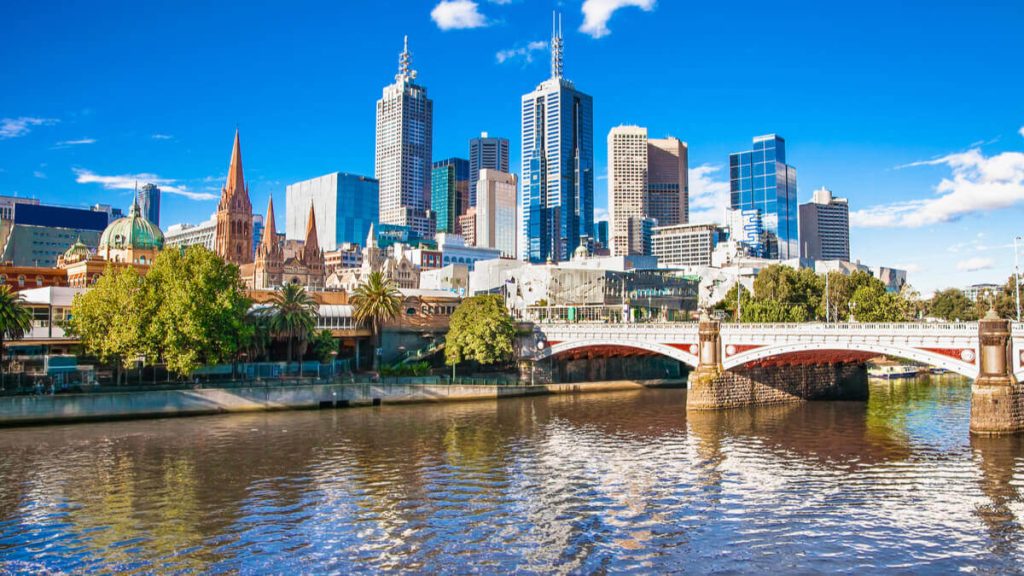
Housing Costs and Rental Market
The overall Cost of Living in Melbourne primarily depend on residential housing expenditures. Property rental rates change according to residential location and market conditions together with building classification.
Current Rental Market Overview
Different areas of Melbourne, together with the type of real estate property, strongly influence housing costs in the city. The Real Estate Institute of Victoria (REIV) reports that Melbourne rental prices show sharp changes due to market conditions and local resident requirements.
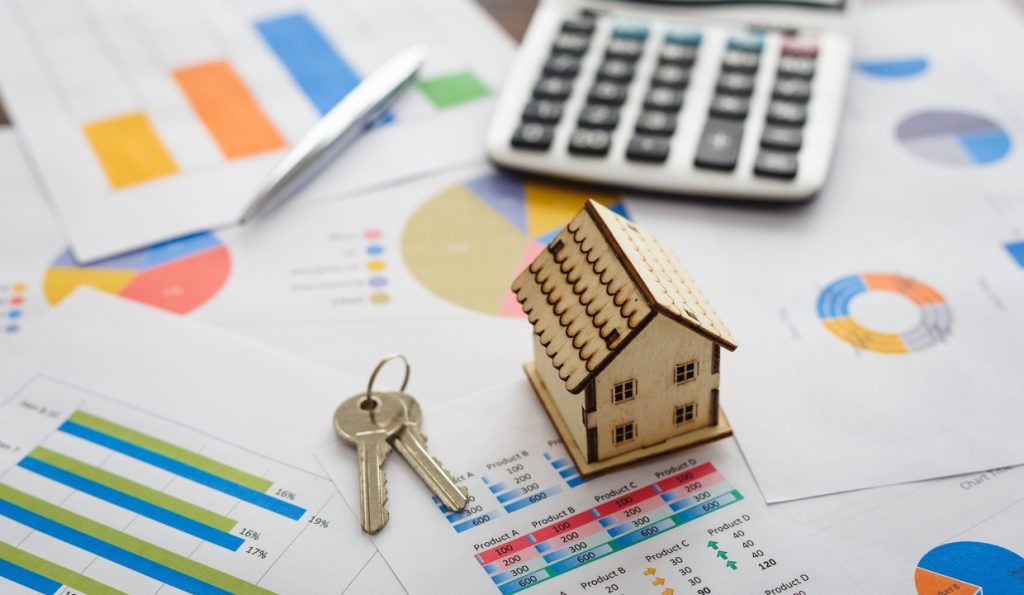
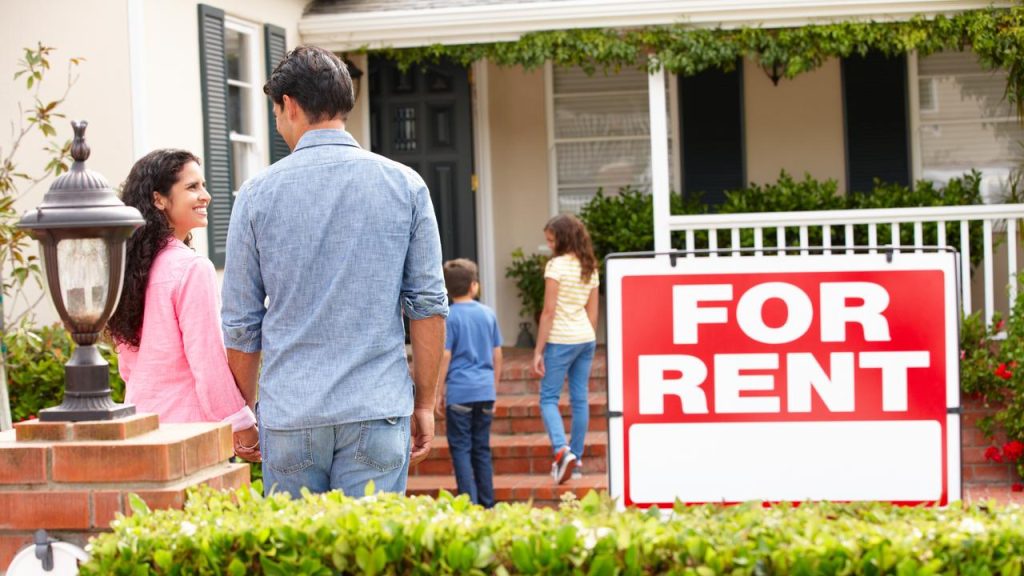
Rental Prices by Area
| Property Type | Inner City (CBD, South Yarra, Richmond) | Middle Suburbs (Brunswick, Preston) |
| 1 Bedroom | AUD 380-500/week | AUD 320-420/week |
| 2 Bedrooms | AUD 500-700/week | AUD 400-550/week |
| 3 Bedrooms | AUD 700-1,000/week | AUD 550-750/week |
Note: Prices vary seasonally, with peak rates during January-February (university season) and slightly lower rates during winter months.
Affordable Suburbs in Melbourne
Several towns within Melbourne provide affordable living alongside strong links to the city center.
- Footscray
- Strategic locations in Melbourne produce savings which exceed 20-25% in relation to inner city prices.
- The suburb serves as a multicultural community that provides outstanding transport infrastructure.
- 15 minutes to CBD by train
- Reservoir
- This location provides homeowners with savings reaching between 25-30% of the costs found within the city center.
- Family-friendly with extensive parklands
- 20 minutes to CBD by train
- Noble Park
- People who save money find 30-35% more savings than what they would achieve when living in an inner city district.
- Diverse community with affordable housing
- 35 minutes to CBD by train
Daily Living Expenses
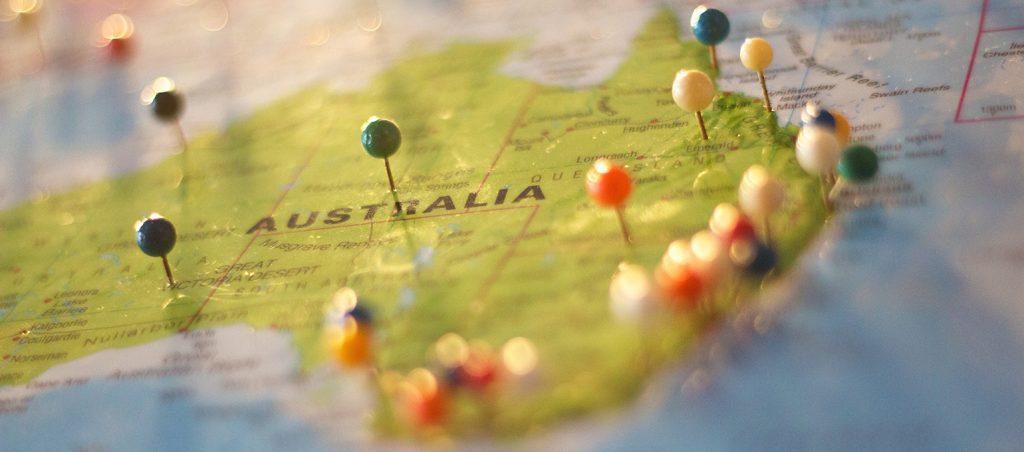
The cost of utilities and grocery cost of living in Melbourne differs depending on seasonal developments and family composition.
Utility Costs in Melbourne
| Utility Type | Monthly Cost (AUD) | Seasonal Variation |
| Electricity & Gas | 150-250 | +30-40% in winter |
| Water | 50-80 | +15% in summer |
| Internet (NBN) | 60-100 | No variation |
| Mobile Phone | 30-50 | No variation |
Melbourne Grocery Prices
Weekly grocery expenses based on data from the Australian Bureau of Statistics:
| Household Type | Budget Option | Mid-Range | Premium |
| Single Person | AUD 80-100 | AUD 100-130 | AUD 130-150 |
| Couple | AUD 140-160 | AUD 160-200 | AUD 200-240 |
| Family of 4 | AUD 200-240 | AUD 240-280 | AUD 280-300 |
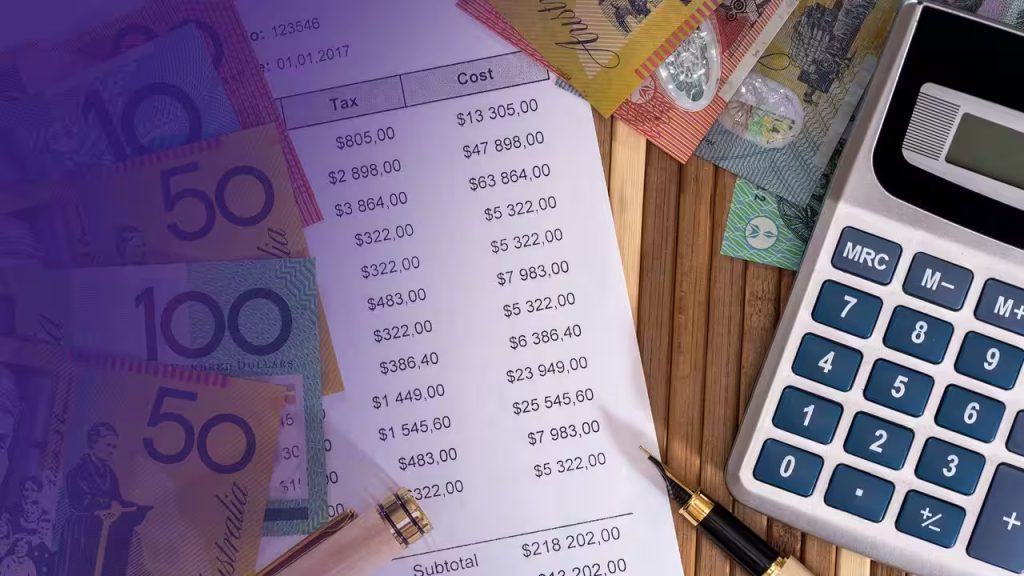

Student-Specific Costs
- University Materials
- Textbooks: AUD 400-600 per semester
- Student transport concession provides students with 50% off standard fares.
- Student accommodation: AUD 250-350 per week
- Student Discounts
- Entertainment: 10-20% off with student ID
- Food: 10-15% off at participating restaurants
- Technology: Up to 15% off at major retailers
Entertainment and Lifestyle Options
Cost of Living in Melbourne increase because of the city’s entertainment offerings yet various affordable events keep residents’ bills more affordable.
Seasonal Activities and Costs
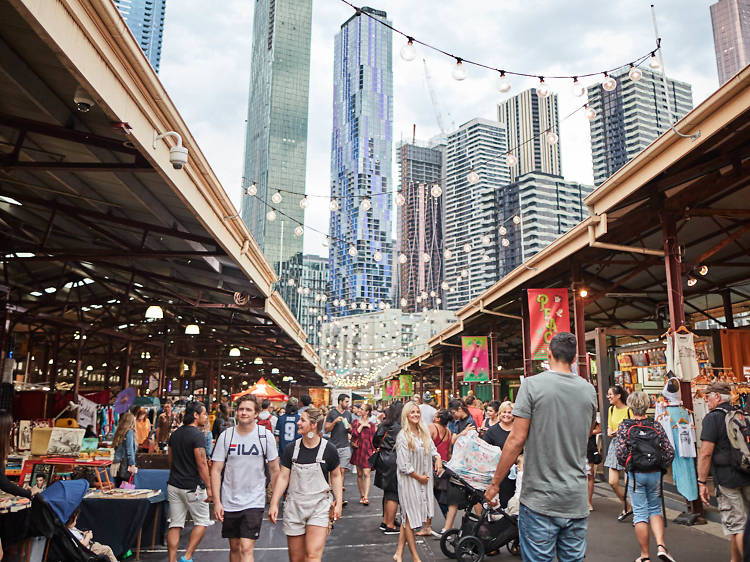
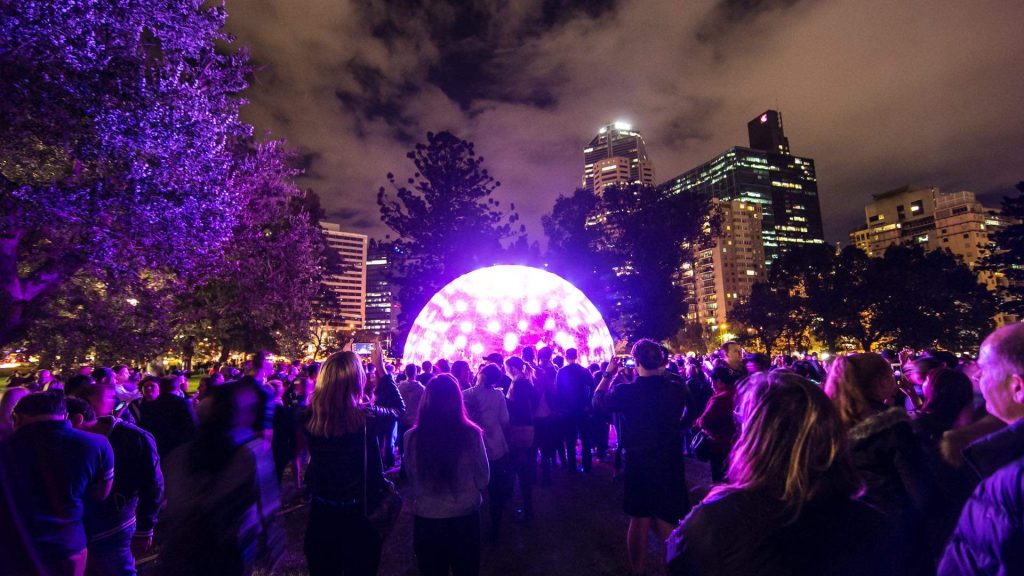
Summer (December-February)
- Outdoor cinema tickets: AUD 18-25
- Beach parking: AUD 5-12 per day
- Public pool entry: AUD 7-9
Winter (June-August)
- Indoor sports center: AUD 15-20 per session
- Ice skating: AUD 25-30 per session
- Museum entry: AUD 0-30 (many are free)
Cultural Events
- Melbourne Festival tickets: AUD 30-100
- Comedy Festival shows: AUD 25-45
- Live music venues: AUD 15-50
City Cost Comparison
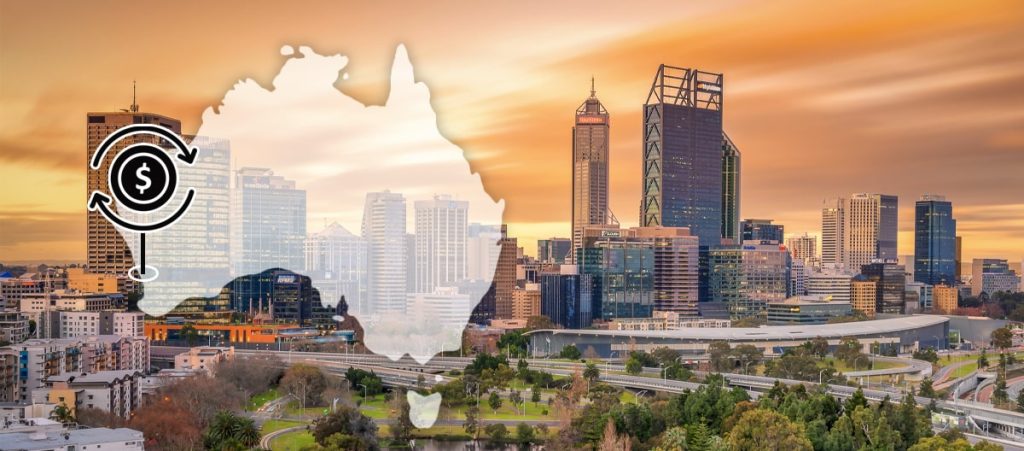
Melbourne price concerns fall between those of its fellow Australian cities Sydney, Brisbane and Perth thus providing residents with moderate cost of living in Melbourne in exchange for a balanced urban environment.
Percentage Difference from Melbourne
| Expense Category | Sydney | Brisbane | Perth | Adelaide |
| Housing | +20% | -15% | -5% | -20% |
| Transport | +5% | -10% | -8% | -15% |
| Groceries | +10% | -5% | +8% | -10% |
| Entertainment | +15% | -12% | -10% | -18% |
| Utilities | +8% | +5% | +12% | -5% |
Monthly Budget Breakdown
Essential Expenses (AUD)
| Category | Basic | Moderate | Comfortable |
| Rent | 1,200 | 1,400 | 1,800 |
| Utilities | 180 | 200 | 250 |
| Groceries | 350 | 400 | 500 |
| Transport | 156 | 156 | 200 |
| Internet | 70 | 90 | 100 |
Discretionary Spending (AUD)
| Category | Basic | Moderate | Comfortable |
| Dining Out | 200 | 300 | 400 |
| Entertainment | 150 | 200 | 300 |
| Shopping | 150 | 200 | 300 |
| Healthcare | 80 | 100 | 150 |
| Savings | 300 | 400 | 600 |
Money-Saving Strategies to Reduce the Cost of Living in Melbourne
Seasonal Savings
- Summer
- Use fans instead of air conditioning
- Take advantage of free outdoor events
- Shop at farmers’ markets for seasonal produce
- Winter
- The public library provides heating systems and internet access for free use.
- Take advantage of winter sales
- Use public transport more frequently

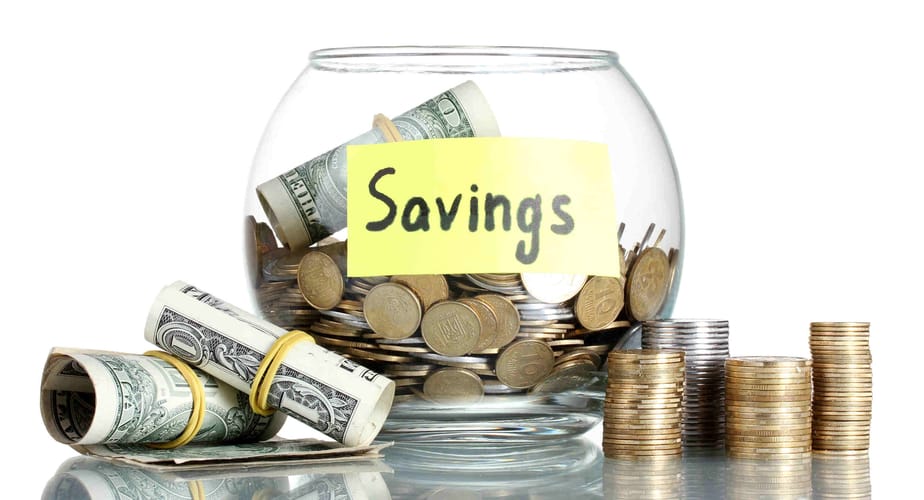
Long-term Savings
- Housing
- Consider 12+ month leases for better rates
- Share utilities with housemates
- Look for properties with energy-efficient features
- Transport
- Buy annual Myki pass (save AUD 400/year)
- Use bike-share programs
- Walk within free tram zone
Conclusion
The expenses of living in Melbourne may be high primarily because of housing costs and transport expenses but the city delivers value through exceptional lifestyle quality as well as first-rate facilities along with varied cultural possibilities. Residents who select reasonably priced neighborhoods in Melbourne together with strategic financial planning can access all the great city features at affordable cost.
The costs of living differ widely according to the lifestyle a person chooses and their location choice and personal taste. Continuous budget reviews and modifications will help you maintain an enjoyable life in Melbourne among its many residents.
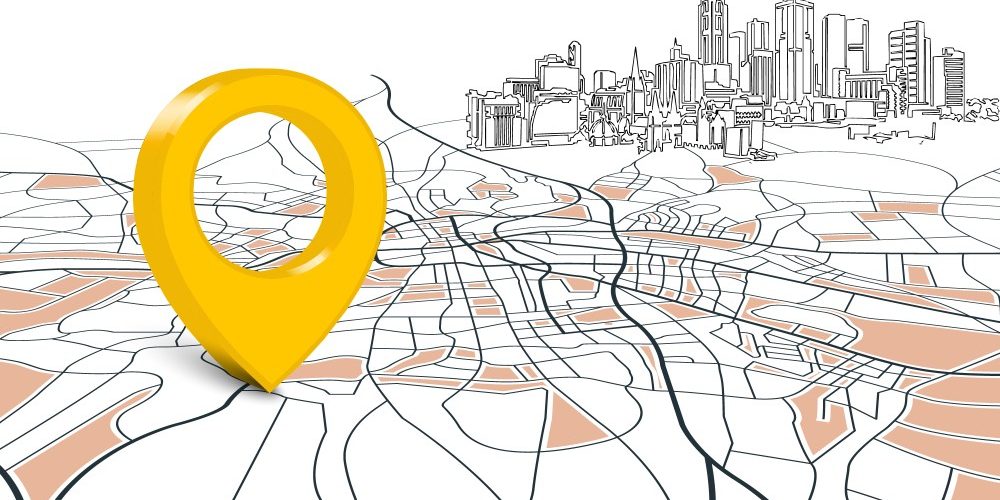
With careful planning and smart choices, you can enjoy everything this wonderful city has to offer while maintaining a comfortable lifestyle that suits your budget.
Explore our website for the latest special events and must-know tips about Melbourne—straight from the locals who know it best!
More details for visit City of Melbourne Official Website
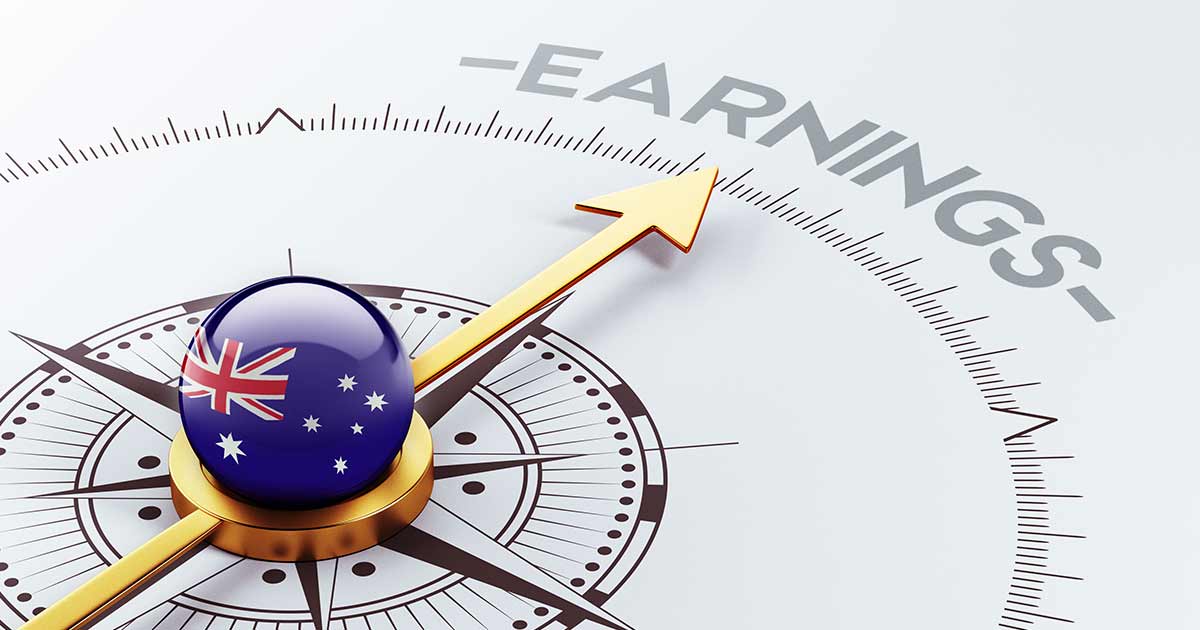
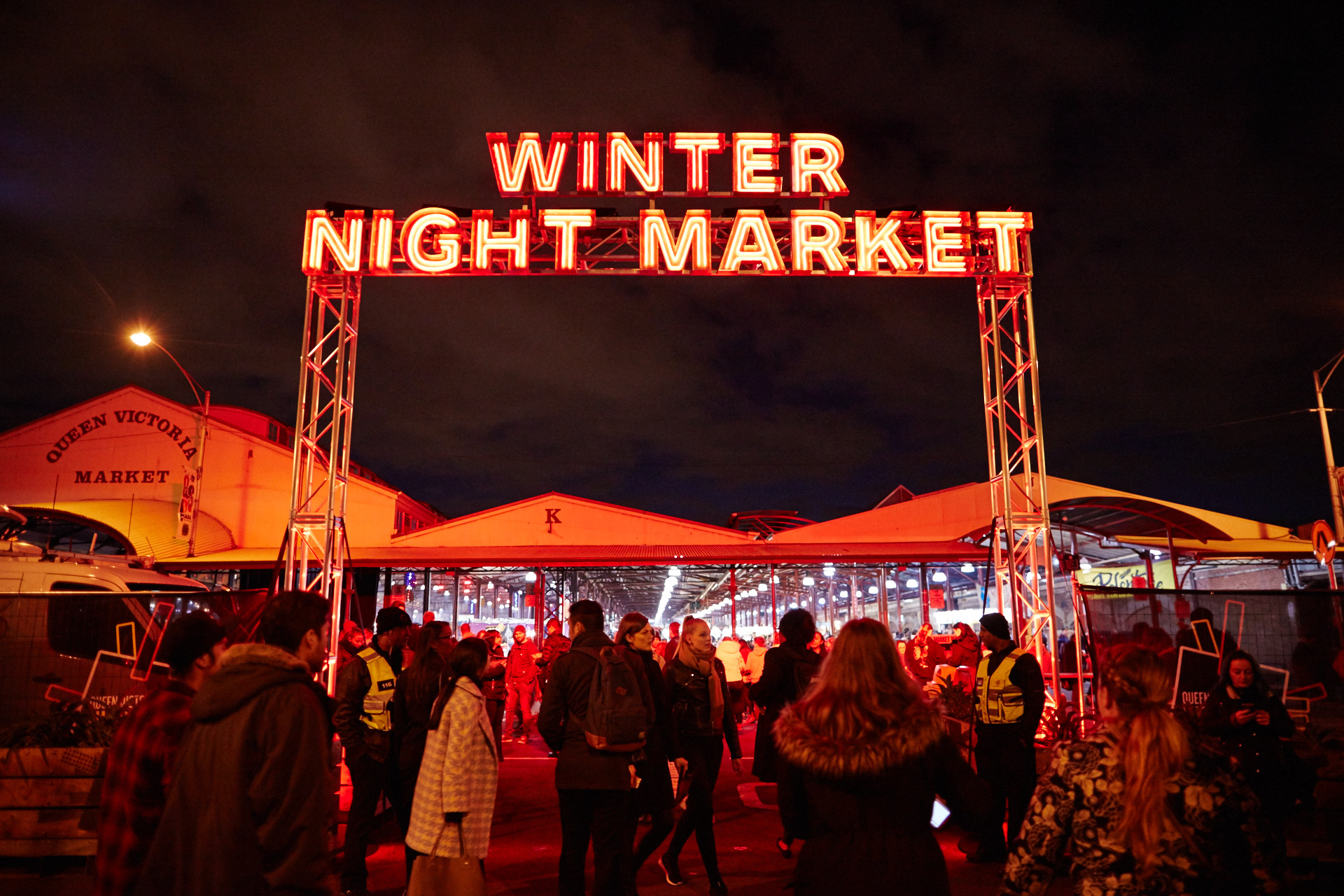
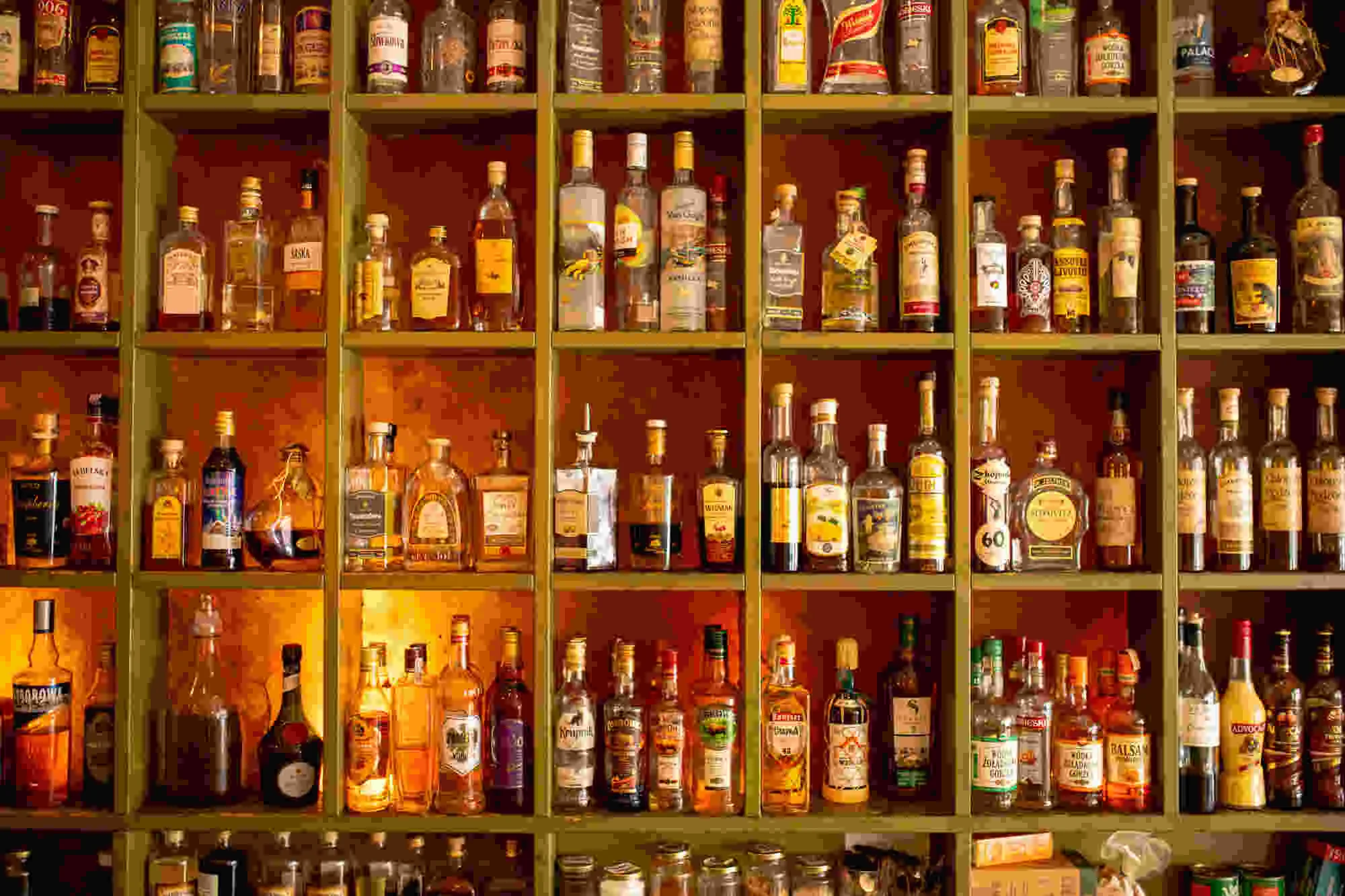








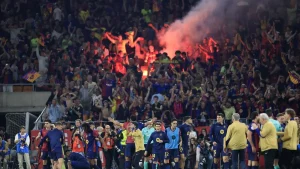
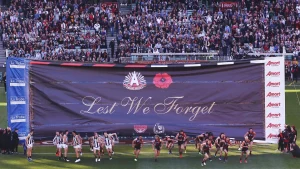
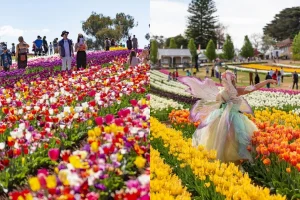
Post Comment